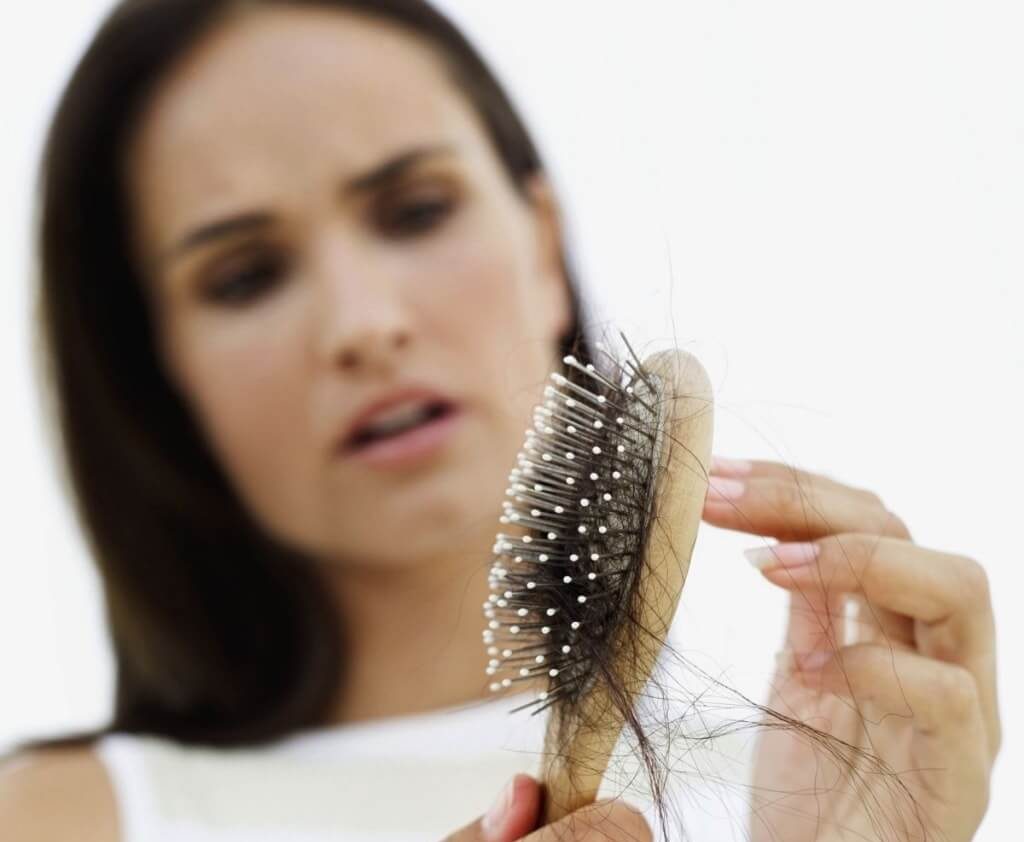
Telogen effluvium: Diffuse hair loss

17/11/16
Read below about diffuse hair loss.
Telogen effluvium (Effluvium Telogenes) is a diffuse and reversible hair loss. It affects women more often than men. Telogen effluvium is actually a general type of anagen follicle response to various physical and mental stressful situations.
In the telogen (passive) phase of hair war, there are 10-20 percent of hair. However, due to the action of harmful factors, the hair growth cycle is disrupted, a larger number of hairs enter the telogen phase prematurely, and after a period of about three months, as long as it lasts, the affected hairs fall out.
This premature entry of hair follicles into the resting phase probably occurs as part of the body's defense against harmful factors, because the telogen follicle is much less sensitive than anagen.
How does hair fall out?
Telogen effluvium most often affects the middle part of the head, rarely on the sides and back. Patients usually do not lose all their hair, but it becomes thin and weak, loses its natural volume, and often the scalp is clearly visible. In more serious cases, telogen effluvium also affects the eyebrows, pubic and axillary hair.
The follicles are not permanently damaged, only many more are in the passive phase of growth than normal. For that reason, it is important to start therapy on time. Namely, the sooner the therapy starts, the greater the possibility to slow down or stop hair loss, and return the hair to the active (anagen) phase of growth.
Why does telogen effluvium occur?
There are several causes. Classical telogen effluvium occurs after childbirth, when estrogen secretion is reduced. Also, diet, stress and certain medications lead to hair loss.












